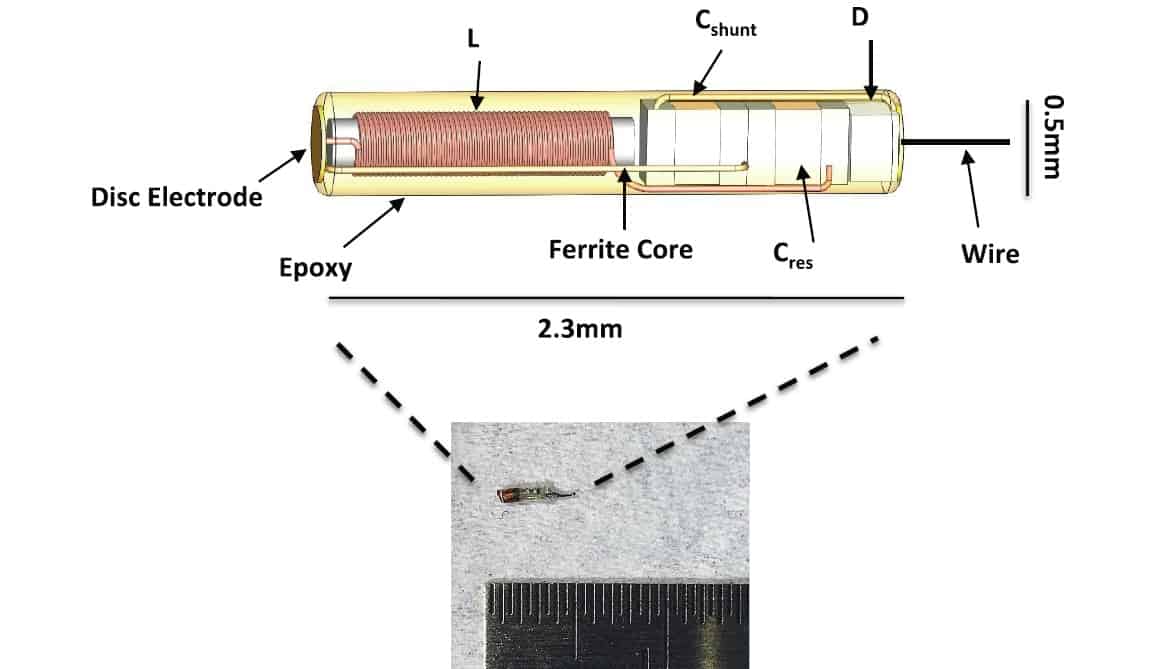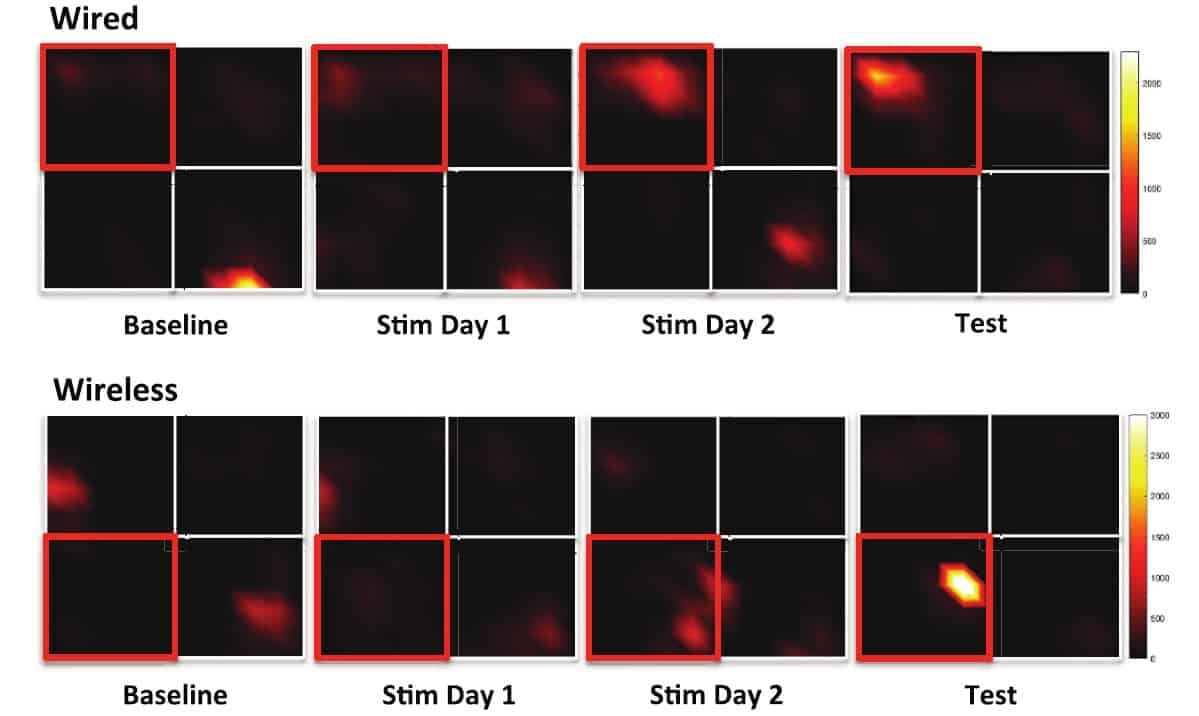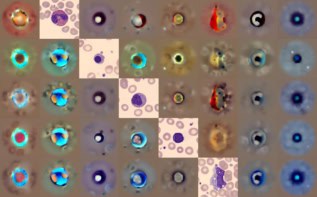
Deep brain stimulation (DBS) using implanted neurostimulators is a promising treatment for neurological disorders such as Parkinson’s disease, essential tremor and epilepsy. But wired neurostimulators often come with adverse side effects such as infection, discomfort and the need for surgeries to repair fragile components and replace batteries. For pre-clinical studies, meanwhile, the wires restrict animals’ movement and limit potential applications.
As such, there’s a need for a wireless technology that enables precise, minimally-invasive modulation of deep brain structures. To meet this requirement, a team at Massachusetts General Hospital and Draper is investigating the potential of e-Particle, a novel wireless neurostimulator (J. Neural. Eng. 10.1088/1741-2552/aafc72).
“If we understand how changing brain activity changes behaviour, we can understand the brain better and can design better treatments,” explains senior author Alik Widge. “One of the best ways to change the brain is by stimulating it. “The challenge is that, in animal models, we often do that through big head-mounted tethers, which limit what you can do. You can’t do social behaviour experiments because the tethers will tangle; you can’t let the animals explore burrows and tunnels the way they do in nature. A good wireless technology could change all that.”

Behaviour modulation
The sub-millimetre sized e-Particle is inductively powered and does not require a battery or head-mounted tethers. To test the device, the researchers performed a conditioned place preference (CPP) task in eight adult rats. They surgically implanted the e-Particle on one side of each animal’s brain, targeting the medial forebrain bundle (MFB), a common target for behaviour experiments. For comparison, they also implanted Plastics One electrodes (a wired stimulator) on the other side.
After recovery from surgery, animals were placed in the CPP field without stimulation for five 15-minute habituation sessions. On the next two consecutive days, they underwent 15-minute stimulation sessions, during which a stimulation pulse was triggered every time they entered a chosen stimulation quadrant (initially, each animal’s least preferred quadrant).
In each round of CPP testing, the rats were randomly assigned to receive either wireless (tens of microamps, 50 Hz) or wired (350 μA, 170 Hz) stimulation. The authors note that the animals remained tethered during e-Particle stimulation, to match conditions. Finally, the researchers performed a test session where animals were placed in the CPP field for 15 minutes with no stimulation.
This analysis revealed that, for the wired group, time spent in the stimulation quadrant significantly increased during the first and second stimulation sessions (indicating strong place preference conditioning) and the test session, compared with the baseline session. Animals in the wireless group also spent more time in the stimulation quadrant during the second stimulation session and the test session, but not during the first stimulation session.

These results confirmed that the e-Particle could modulate rats’ behaviour by MFB stimulation. Wireless stimulation took slightly longer to achieve CPP than wired stimulation, but ultimately did not differ in the degree of place preference. This longer training time may be related to the e-Particle’s lower pulse amplitude compared with the wired device.
“One of the challenges of this technology design, and of these battery-less, energy-harvesting wireless systems more generally, is that they are limited in their current delivery by the physics of the energy-harvesting system,” explains Widge. “Getting more efficient field-to-current conversion in the same or smaller form factor would be important.”
Brain activity
After completing the CPP tests, each rat received 15 minutes of e-Particle and wired stimulation. Sixty minutes later, the animals were sacrificed and the researchers performed immunohistochemistry to measure c-fos, a marker of recent brain activity.
On the side of the e-Particle implant, there was significantly greater c-fos expression in the nucleus accumbens (which receives MFB projections) than in the motor cortex (which does not). This suggests that the e-Particle successfully activated the MFB and its projections. Widge notes that, although they deliver different amounts of current to the target area, wired and wireless stimulation affected brain activity in a very similar way.

DBS implant adapts to patient’s neural signals
The researchers concluded that the e-Particle can stimulate a specific target and that this stimulation can effectively modulate behaviour. They are now focusing on increasing its ability to activate neural structures while reducing tissue damage.
“To that end, we have a grant with Polina Anikeeva of MIT, who has developed nanoscale particles that similarly harvest energy from frequency-tuned magnetic fields,” Widge tells Physics World. “We’re looking at using her technology to modify reward behaviours very similar to those seen in this study.”



